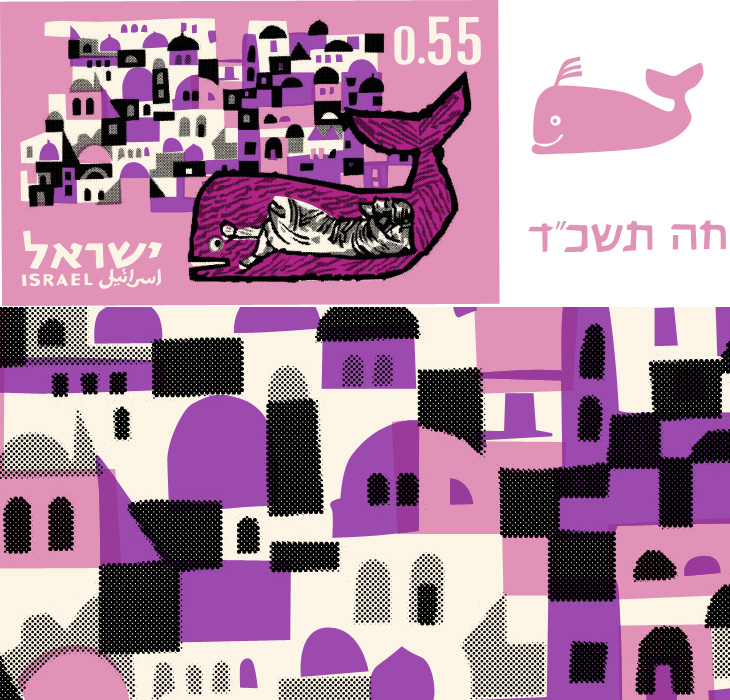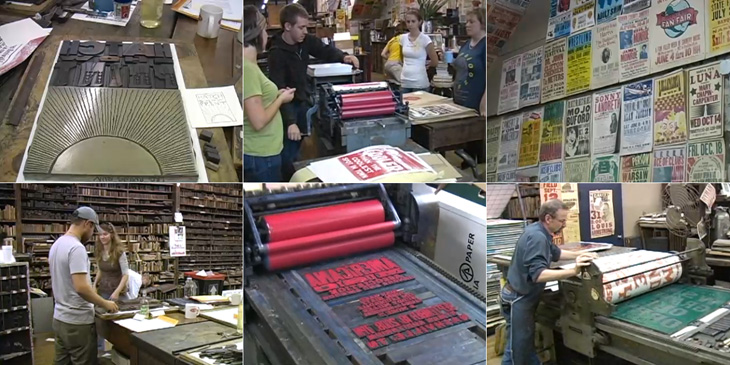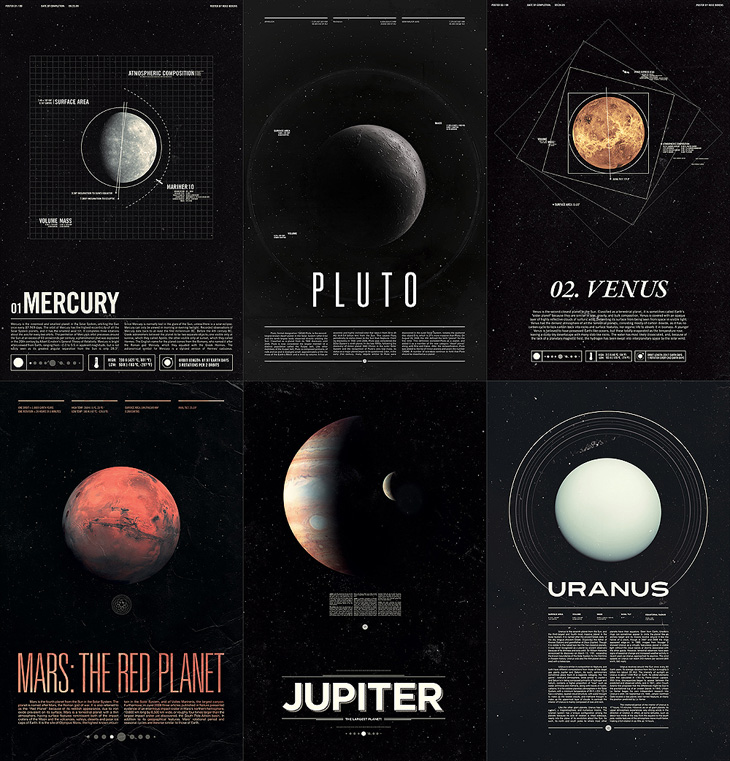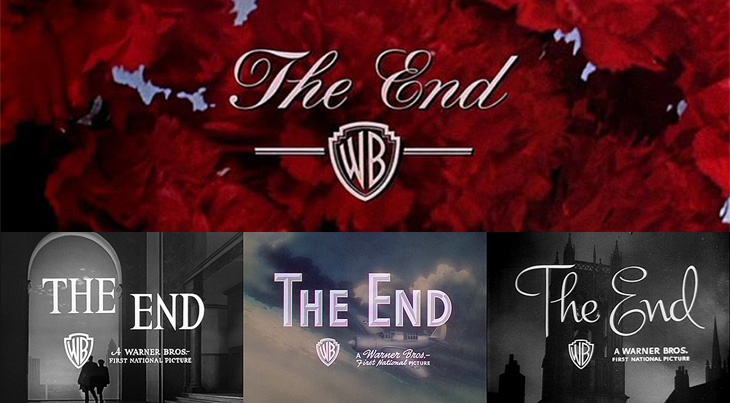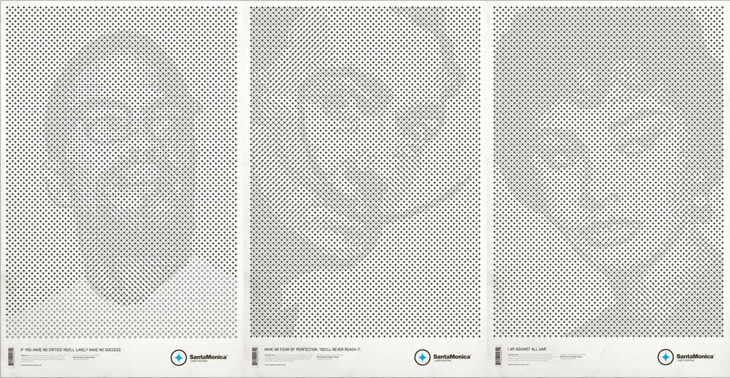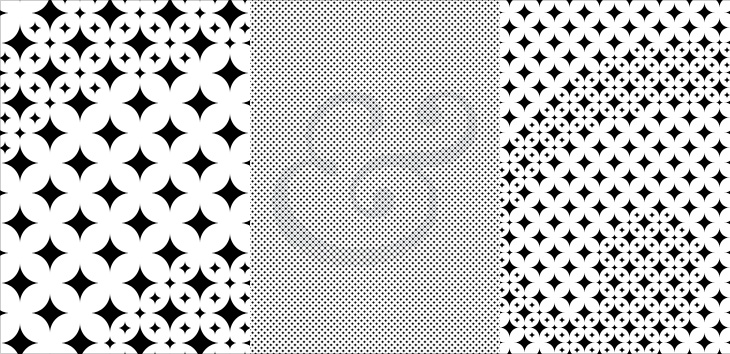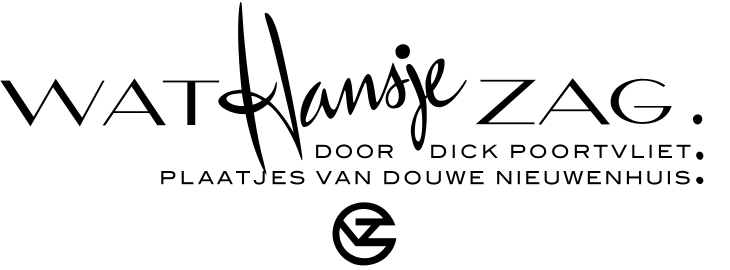
Here’s a nice topical post for St. Valentine’s Day. I just read about this fun project over on Brand New: Redesigning Valentine’s Day. Studio 360 came up with the idea, following on from previous ‘challenges’ to redesign Christmas Day and the Gay Freedom Flag. I normally like reading things like this because of the fresh thinking and the usually interesting return to first principles as a place to start, but this feels a bit flat. Brand New give a list of positives and negative aspects of Valentine’s Day, and they have some interesting ideas, but if this was a branding brief, I’d start with a list of brand aims, what we want to achieve:
- Accessible—Whatever symbols you use, they have to be recognisable. At some level it’s a similar task to designing a national flag; a child must be able to draw it recognisably.
- Obvious—Love may not actually be blind, but it’s certainly not thinking at full capacity, so whatever you use to characterise it has to work on an emotional, intuitive level. If you have to think about it too much, it’s failed.
- Fun—It really can’t be serious. Romantic love is mad, illogical, impulsive and emotional — there’s no tedious routine here, no worries about bills or ailments or whatever, it’s about life, and it’s exciting.
- Optimistic—It has to speak of unbounded promise, of potential, of positivity, happiness and, not to put too fine a point on it, the fruits of love — kids, basically, assuming reproduction is possible with one’s intended. It has to lift our spirits and make us feel good.
To go with the brand aims, you want to see what’s wrong with the existing brand:
- Commercialisation—Money (or the exchange of valuable/useful items) has been part of love, marriage and romance for however long we care to look back into human history: dowries, bride prices, dynastic unions, etc. Negative? Perhaps. Just part of life. I say deal with it.
- Waste—An increasingly valid point. If you value something, you keep it safe, dry and clean. Otherwise, you’re going to discard it, right? You’d want it to be biodegradable and recyclable — and surely you wouldn’t want the symbols of your unending love to have poisoned a river with its manufacturing byproducts?
- Taste—Ah, it’s all so crass, isn’t it? The schmalzy, glittering gifts, the plush, the fluff, the overly decorated crap that fills the shops, the low-quality chocolate, the forced roses, the sheer lowbrow nature of it all. Yes, if I admit it, this is the main problem I have with it all.
So what did Brand New come up with? A cross, essentially, a cross that sort of looks like a V. Made from the diagonal axes of the heart symbol, curved a bit to soften them up, and vertically orientable to indicate availability, it’s iconic and reasonably flexible, and the suggested application on Facebook and the like is pretty nice. The thing is, with those colours it really reminds me of the brands for the Pink Ribbon Campaign and Breakthrough Breast Cancer. If I saw this symbol without knowing its origins, I’d assume it was part of the branding for one of these two charities, and given that Valentine’s isn’t serious, and breast cancer is, this is a problem. Also, it’s too reliant on accurate reproduction of those gentle curves. In most people’s hands it’ll just be a plain ‘X’, a symbol of affection certainly, but not quite the heartfelt romantic love you’re trying to get across. So as much as I respect Armin and Bryony, I think this symbol is a dud. It’s too serious, too cold, too (sorry) dull. It’s based on diagonals across a heart, so it’s based on a heart. Why not use a heart symbol then?

And this is the root of it. We already have a set of well-recognised, simple, straightforward symbols we use to indicate romance and love, and we have a very flexible brand palette, ranging from rose pink to carmine red. The biological (and anatomical) associations with the colour are pretty obvious, and happily elicit a strong emotional response of exactly the sort we’re looking for with Valentine’s Day. No other colour does the job; for example even if Tiffany Blue is a welcome sight for some on Valentine’s Day, it’s not the colour that people will ever associate with love, just merely one of the benefits of it.
So, let’s look at the symbols of love and Valentine’s Day, then. What do we have?
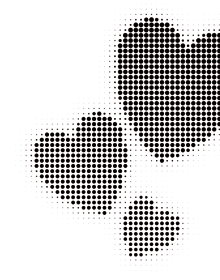
The Heart
Hearts on everything! This surely is the main thing everyone associates with Valentine’s Day. It’s simple, obvious, easy to draw, recognisable, and even has a kind of logic to it. It may not be a perfect image of a human heart, but it’s close enough — the way it’s usually drawn, it’s round, plump, healthy, it’s a symbol of fullness, of comfort, of abundance. It’s even the symbol Armin and Bryony started with to create their cross, so why gild the lily?
Cupid
The god of erotic love, we all recognise Cupid; the winged, plump little boy carrying a bow and arrow. These days he’s pretty much interchangeable with the legions of generic winged babies floating around with ribbons, hearts, garlands of flowers and the rest. They’re often called cherubs, but these aren’t the four-winged, four-faced, ninth-rank angels from the Bible at all, so while there’s not going to be much confusion, you can call them putti. Whatever you call them, they’re often depicted doing something slightly mischievous; Cupid represents the impulsive and childish nature of love. He is anything but serious, he is newborn love personified. In a literal sense too, he represents that ultimate product and beneficiary of love - the child.
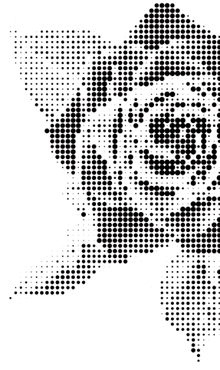
Roses
What better symbol of romantic love than the genitals of a plant? I guess a picture of our own organs would be considered a little forward and might embarrass the waiter at that nice restaurant you’re at. People give all sorts of flowers on Valentine’s Day, but it’s the rose, the red rose that’s become the ultimate gift of love. It’s the richness of colour, the fullness of the shape of the flower, the heady scent, they’re beautiful and inspire our senses. They’re also a bit pricey around Valentine’s Day, so to be cynical for a moment, they say, “Look, you’re worth me shelling out for these things, even if they are going to be dead tomorrow”.
Food
Chocolates, sweets, a nice meal – a gift of food has been a tangible sign of love for as long as we can tell. It has to be something rich and indulgent, preferably sweet, uncommon and yes, expensive. In the past, honey was the acme of sweets, to get at it you usually had to kill the hive (and face the angry bees), and that made it much, much more expensive. It’s no accident that we have a honeymoon (not exactly an everyday occurrence) and that the promised land was described as a land of milk and honey. Giving a gift of honey to your beloved showed that you were willing to spend money on them, and that you had it to spend. Commercialisation is hardly new when it comes to love.
The Brand
I think the branding of St Valentine’s Day is pretty much perfect. It fulfils everything it needs to do. Sure, it can be tasteless and crass, but it can be refined and beautiful too. You’ve four symbols with which to express your love, the abstract heart, the figurative cupid, the symbolic flowers and the tangible gifts of food, and you have a colour scheme you can use to brand any additional gifts and accessories, lingerie, wines, foods, lighting, and so on — you can simply do whatever you want with them.
Valentine’s Day is an incredibly democratic event; the barriers are low, the incentive to be creative high, and the rewards of success extraordinary.
And, of course, you can refuse to have anything to do with it and grumble about all these grinning idiots facehugging all over the damn place and upsetting the horses. Clearly, that’s the sensible opinion, held by all right-thinking people, which, I guess, is the point.



